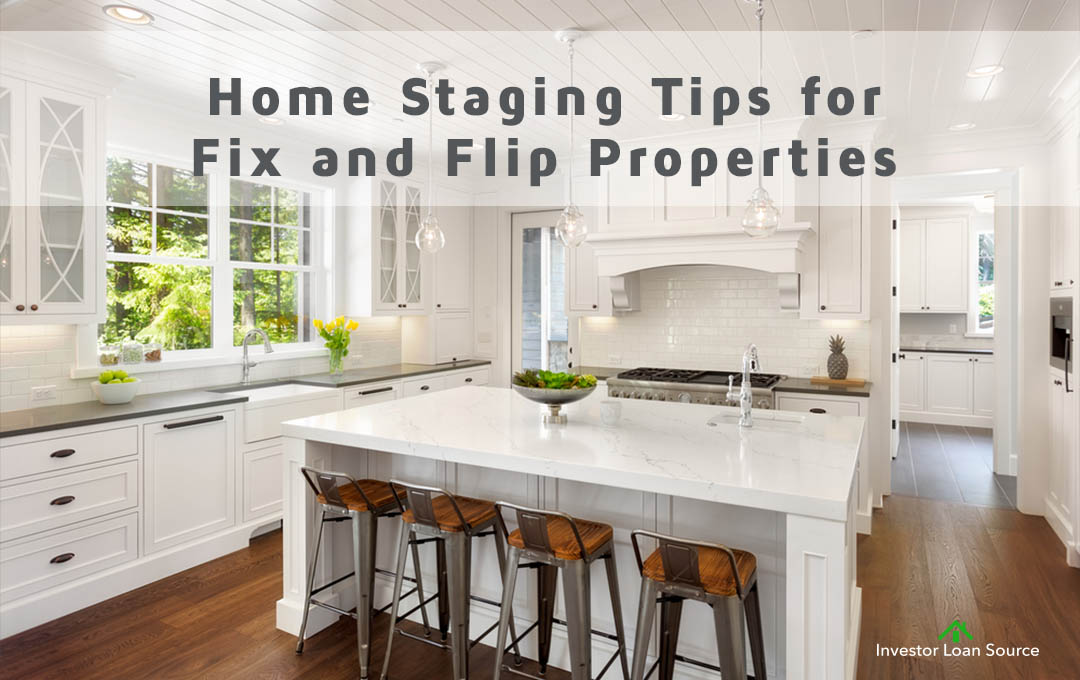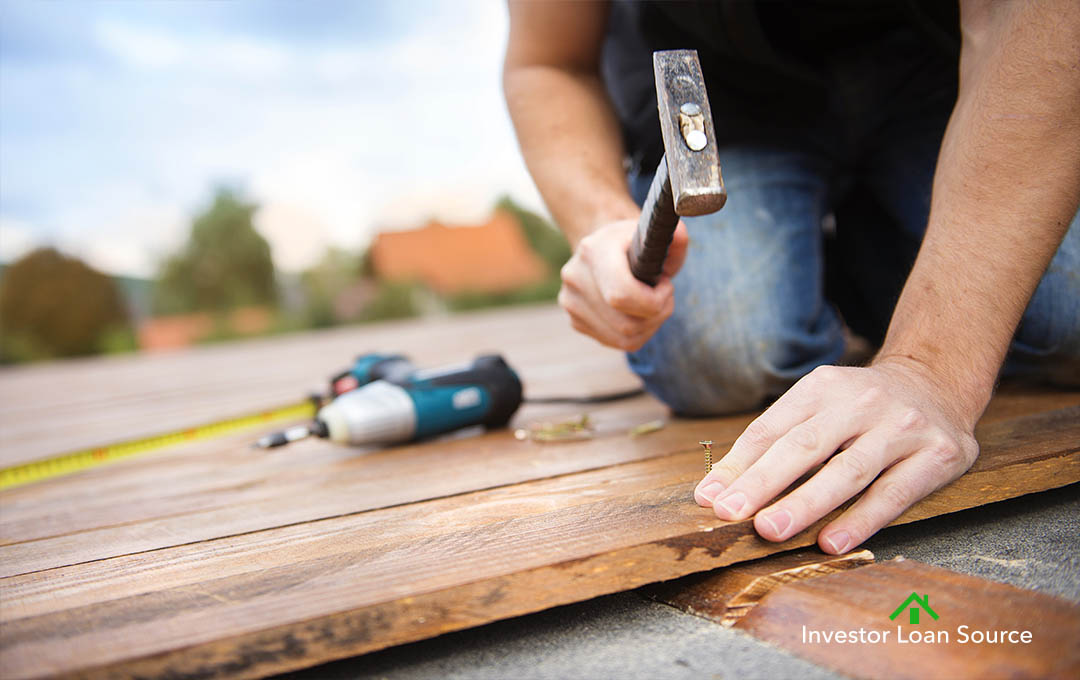You’ve worked hard getting your fix and flip renovations done so you can get your investment property on the market. But before you begin showing your flip, there is one important step you may not want to skip that can maximize your return on investment – staging the home. Many studies show that not only does home staging decrease time on the market, but it can also encourage potential buyers to offer a higher purchase price. If you are worried that staging the home will be too expensive, check out these tips for staging your investment property on a budget.
Curb Appeal is Key
First impressions are everything. The world of real estate investing is no exception. From the moment they drive up to the property, potential homebuyers will already begin developing an opinion about the property. Good curb appeal is essential to making sure that their first opinion is a positive one. Make sure that the lawn is clean, mowed and free of clutter. An inexpensive way to add curb appeal can be as simple as giving the front door a fresh coat of paint. Adding a new doormat is a great way to welcome buyers and add to that first impression. Plant some fresh flowers in the flowerbeds to improving the landscaping and will give the yard a nice punch of color.
Tidy Up
Renovations and repairs often leave behind a lot of dust. Cleaning the property from top to bottom is essential. Thoroughly dust the home, clean the windows and wipe down all cabinets and baseboards. Consider power-washing the driveway, sidewalks and patio to leave the interior and exterior of the home sparkling clean. A little bit of elbow grease is a cheap way to get your flip ready to sell for top dollar.
Furnish Economically
Placing furniture in the home is an important aspect of home-staging, as it helps buyers get a good vision of the space and how their own furniture will fit in each room. Consider renting or leasing furniture to stay within budget. You may also find gently used furniture for great prices at secondhand stores or neighborhood garage sales.
Accessorize for Impact
While you purchased the property as investment, potential buyers are looking for a home to live in. They want to feel emotionally connected to their home. Help homebuyers feel more at home by adding some accessories throughout the rooms. Place a vase of flowers on the kitchen table to warm up the space. Adding rugs to hardwood floors, accent pillows on the couch and draping a soft throw blanket over a chair will make the spaces more inviting. Framed art on the walls and books in the built-ins are great ways to build character. Stay within budget by looking for decorative items at estate sales and resale shops.
Light Up the Space
Bringing in as much light as possible is an important way for buyers to see all of the hard work that you’ve done in the home. Whether it’s natural light or artificial light, a bright, well-lit spaces are essential to staging the home properly. Maximize the home’s natural light by cleaning the windows, dusting the blinds and opening all of the shades and drapes. Turn on all lights and light fixtures in the home to avoid dark rooms. No potential homebuyer will enjoy having to fumble for light switches while looking at the property. Use table and floor lights to add to ambient lighting. Lighting is one step you will not want to skip.
Focus On Certain Rooms
Minimize your staging costs by focusing on the most important rooms in the home. Kitchens, family rooms and master bedrooms are usually the rooms that sell homes. It makes sense to spend the majority of your staging dollars on these rooms. Decorate the master bedroom gender neutral to appeal to the majority of buyers. Make sure that the room feels large by using a queen bed vs. a king-sized better in a smaller master bedroom. Consider swapping out kitchen hardware and purchasing stainless steel appliances to get top dollar in the kitchen. Updating the fireplace in the family room is a great way of updating the home and creating a focal point in the room.
Use Space Wisely
How you arrange the furniture can determine if a home feel spacious or cramped. Arrange furniture carefully to make the space feel larger. In small rooms consider pushing furniture up against the wall. In large rooms arrange furniture to create several conversation areas. Buyers also can be turned off by what they see as wasted space. A great way to minimize wasted space under the stairs is by creating a fun reading nook. Be careful to choose furniture that fits the space. In other words, don’t put oversized couches in a small family room. You also should avoid putting furniture in an area that would block the flow of traffic. Whatever you do to show off the space, use the space wisely so that buyers can envision themselves living there.
Keep It Simple
Have you ever heard that less is more? It’s true in the case of staging fix and flips. Don’t go overboard with accessories, artwork and furniture. Too many accessories will make the home feel cluttered. Be careful to keep it simple in terms of your color palette as well. You may love dark purple, but avoid painting walls in dark or bright colors. Consider sticking with a neutral palette to appeal to more buyers whenever possible. Artwork and flowers are ways to add color.
It may be tempting to skip staging the home when you are anxious to sell your fix and flip real estate investment property. But don’t skimp on the accessories and your staging efforts to save a few bucks. Staging the home has the potential to deliver a powerful return on your investment for every dollar you spend.
Do you need financing for your next house flip? Let Investor Loan Source help. We’d love to talk with you about your next real estate investment property.



